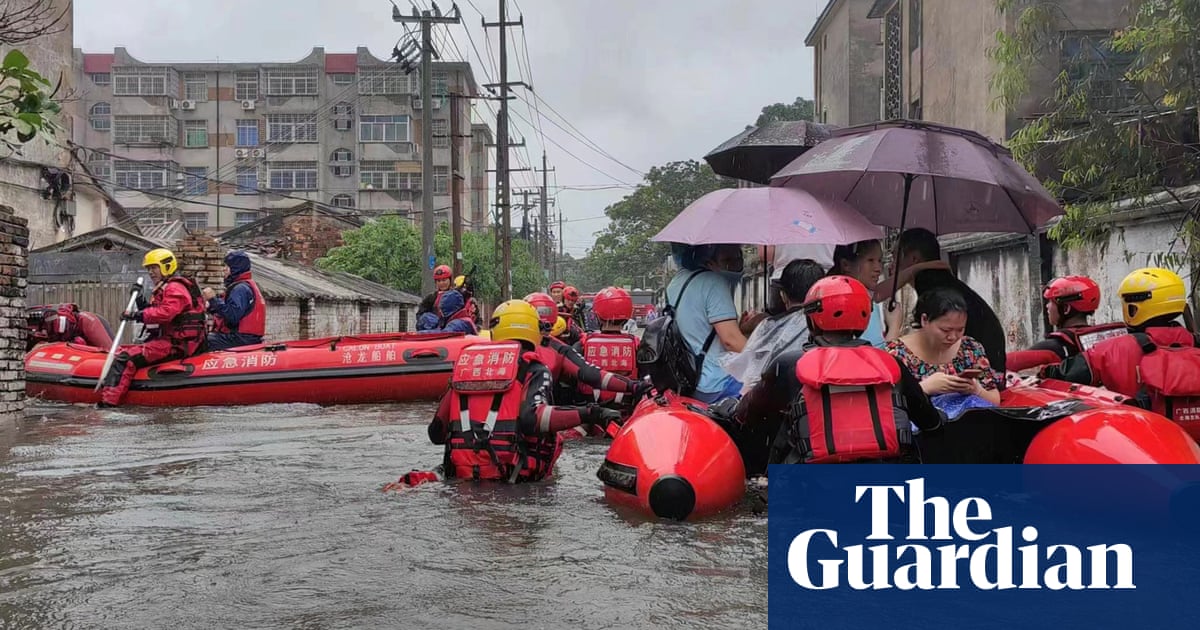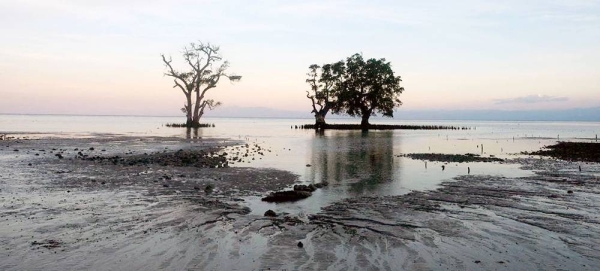
The spiraling costs of extreme weather in the US are hitting hard as more than 60 million Americans are under heat alerts this week, experts say, even though federal law does not explicitly consider heatwaves to be climate disasters.
Temperatures on Tuesday climbed toward record highs across the north-east, upper midwest and mid-Atlantic, with the south also bracing for soaring temperatures later in the week.
“Some of my colleagues think this disaster relief money we’re asking [for] to continue to finish the job so far, and have enough money to continue to work to save the American people’s lives, their homes, their wellbeing, is somehow not needed,” he said last Thursday. “I’m not even sure what their thinking is. We’re going to need a whole hell of a lot more money.”
Carlos Castillo, Fema’s former acting deputy administrator for resilience, said he expects the funding will come through. But it likely won’t be used to help communities weather this week’s upcoming scorching temperatures. Though heatwaves are the deadliest form of weather disaster in the US – killing more Americans each year than tornadoes or hurricanes – the law does not spell out that they are eligible for major disaster declarations, which states can apply for to unlock resources from the federal government.
The omission also disincentivizes communities from including extreme heat in hazard mitigation plans, said Jordan Clark, who studies federal heat policy at Duke University’s heat policy innovation hub.
“The current framework for disasters centers on the quantifiable damage to physical infrastructure and its corresponding economic costs,” he said. “This emphasis, unfortunately, neglects the human impacts, an omission that is particularly troubling regarding extreme heat.”
The Stafford Act, which governs federal disaster assistance, does not directly bar states from applying for heat-related emergency disaster declarations. But to qualify, temperatures must exceed local governments’ capabilities and resources to manage, and there is currently no official way to measure those capabilities.
Fema has only ever received three requests for extreme heat-related emergency declarations, two in 1980 and one in 1995. All three were denied on the grounds that capacity was not exceeded.
Earlier this summer, Rubén Gallego, an Arizona state representative, introduced a bill to amend the Stafford Act to include extreme heat in its list of qualifying incidents for a major disaster declaration. Doing so, said Cleetus of the Union of Concerned Scientists, could help heat-stricken cities beat the heat and recover from it, including by improving access to cooling centers, distributing water and protecting the electrical grid amid spiking demand.
Castillo, who is now chief development officer of Tidal Basin Group, an emergency and disaster management consultancy, said Fema has other resources for heat preparedness, such as the Building Resilient Infrastructure and Communities program, which provides grants to boost resilience to disasters including heatwaves.
Though he says the government should discuss adding heat to the Stafford Act, making extreme temperatures eligible for disaster declarations could be complicated, he said.
“Different municipalities are prepared for different levels of heat,” said Castillo. “And heat is a relatively new challenge, so we have a lot to discuss about how to deal with it the best.”
The Biden administration has not ignored extreme heat. Earlier this summer, it launched efforts to shield workers from high temperatures, improve weather forecasting and strengthen access to drinking water, among other modest steps.
Yet more drastic action is needed as the climate crisis, caused by the burning of fossil fuels, makes heatwaves more common and severe. Between 1 June and 31 August, weather forecast offices across the US issued almost 40% more heat advisories than last year.
The Biden administration last month rolled out a new, real-time information system to map emergency medical responses to heat-related illness across the country and some heat-related deaths. But current US mortality and morbidity figures are widely regarded to be too conservative due to inconsistent tracking.
Other steps that must be taken to boost heat preparedness, said Clark of Duke University, include improving building codes, creating community outreach programs tailored to extreme heat preparedness and codifying a national cooling standard requiring that Americans not be exposed to dangerous temperatures.
To avoid the worst possible effects of extreme heat, the world must also urgently work to phase out fossil fuels. Yet the Biden administration has approved thousands of new oil and gas permits.
On Sunday, 17 September, climate activists will take to the streets of New York City demanding the US phase out coal, oil and gas. On Tuesday, 500 groups, including the National Association for the Advancement of Colored People (NAACP), the Sierra Club and the Sunrise Movement, endorsed the march.












